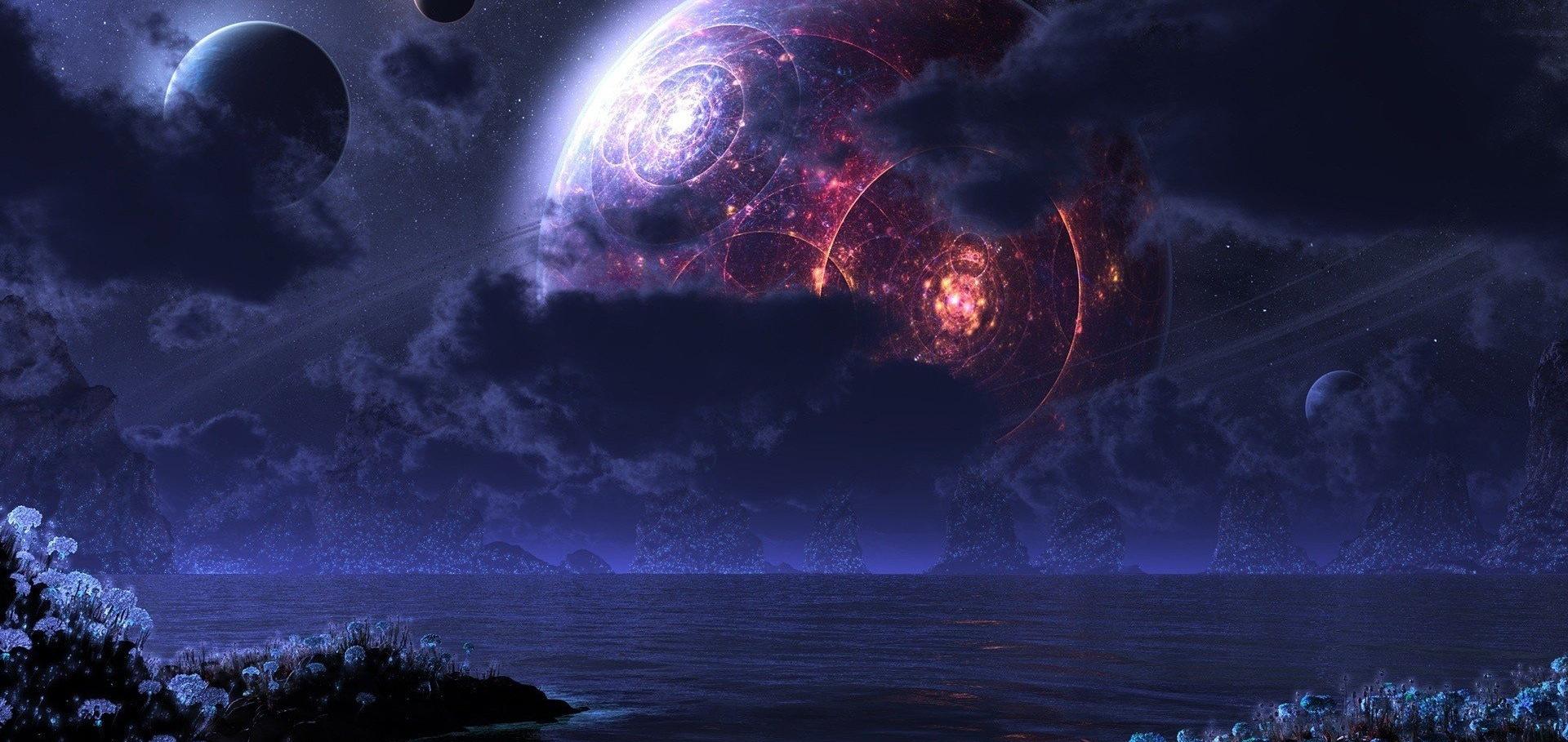Ion structure in dense plasmas: MSA versus HNC
Journal of Physics A: Mathematical and Theoretical 42:21 (2009)
Abstract:
We present results for the ionic structure in dense, moderately to strongly coupled plasmas using two models: the mean spherical approximation (MSA) and the hypernetted chain (HNC) approach. While the first method allows for an analytical solution, the latter has to be solved iteratively. Independent of the coupling strength, the results show only small differences when the ions are considered to form an unscreened one-component plasma (OCP) system. If the electrons are treated as a polarizable background, the different ways to incorporate the screening yield, however, large discrepancies between the models, particularly for more strongly coupled plasmas. © 2009 IOP Publishing Ltd.Control of 2ω (527 nm) stimulated raman scattering in a steep density gradient plasma
Physics of Plasmas 16:6 (2009)
Abstract:
Experiments show that application of laser smoothing schemes including smoothing by spectral dispersion and polarization smoothing effectively suppresses stimulated Raman scattering from a 2ω (527 nm) laser beam in a low average-gain plasma with a steep density gradient. Full-wave simulations reproduce the observed trends in the data and show that the scattering reduction is an indirect result of suppressing active filamentation. © 2009 American Institute of Physics.Low frequency structural dynamics of warm dense matter
Physics of Plasmas 16:5 (2009)
Abstract:
Measurements of the microscopic response of warm dense matter have been demonstrated by multi-keV inelastic x-ray scattering using laser-based sources. These techniques have been used to study the high frequency electron correlations (plasmons) in low to mid- Z plasmas. The advent of fourth generation light sources will provide high fluxes of narrowband and coherent x rays that will allow to look at the low frequency correlations (the ion-acoustic waves). In this paper we present an analysis of such low frequency modes by calculating the frequency dependent ion-ion structure factor. Our model includes all the relevant multibody contributions arising from strong coupling and nonideal plasma effects. In particular, the ion-ion structure factor is obtained within the memory function formalism by satisfying a finite number of sum rules. This work could be used as a basis to a direct experimental test of dense plasma model as soon as keV free electron laser sources will become available. © 2009 American Institute of Physics.Measurements of radiative shock properties using X-ray thomson scattering
2009 IEEE International Conference on Plasma Science - Abstracts IEEE (2009) 1-1
Measurement of short-range correlations in shock-compressed plastic by short-pulse x-ray scattering.
Phys Rev Lett 102:16 (2009) 165004


